Throughout this challenging read, scientist and policy analyst Vaclav Smil examines how the world uses materials. He wrestles with dense concepts using a specialized vocabulary and some jargon. Persevere anyway. This is an important, fascinating academic study. Smil’s approach is historical and multidisciplinary: He compares how algae, birds and beavers use materials to how humans use them, and traces human development from the first stone tools through the Bowflex machine. Smil’s treatise should be required reading for anyone thinking about contemporary economics and humanity’s future. getAbstract recommends his rigorous study to investors, ecologists, futurists, historians, and students of history and business.
The Historical March of Materials
Every living thing uses materials. This use falls into five overall categories: 1) employing natural materials as tools; 2) creating “protective or prey-catching structures” (like spiders’ webs); 3) removing biomass and artificial materials to build designed structures (like beavers’ dams); 4) combining removal and repositioning biomass (termite mounds); and 5) drawing minerals out of water to generate exoskeletons or shells.
Early foraging peoples used branches and grasses to build protective shelters. Prehistoric peoples didn’t use metals, but some changed the properties of materials, as with fired pottery. Human use of materials makes them evolutionarily distinct – most specifically in terms of stone tools, which date to “2.6 million years ago.” Wooden tools arrived later. Massive stone structures like Stonehenge showcase complex structures that early people built using techniques that modern researchers still do not understand.
As people developed agriculture, and societies settled and farmed to assure their food supply, they used the materials that were available in their environments. People excavated caves from silt in...









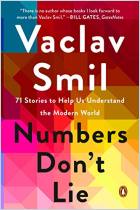
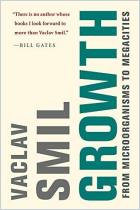
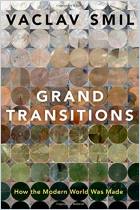
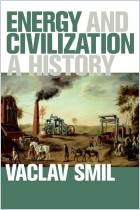
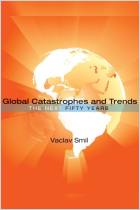
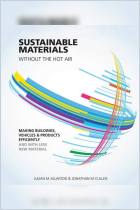
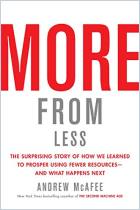
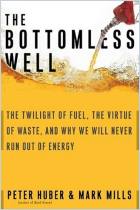
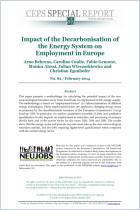
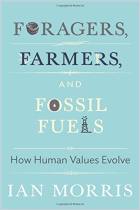
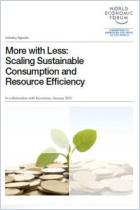





Comment on this summary or Start Discussion